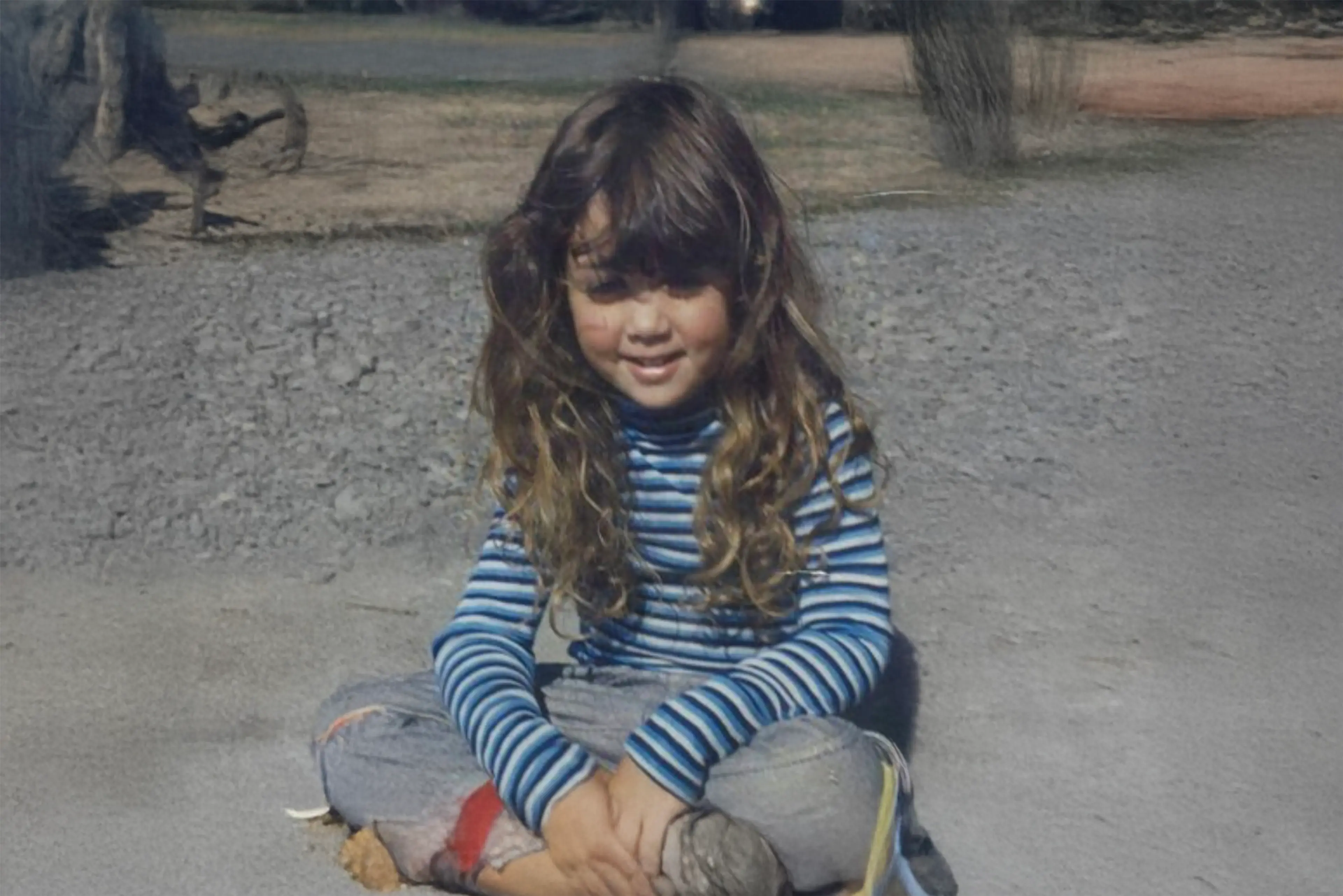
I think we’ve all been here: browsing (insert whatever website you most often visit) when you stumble across a set of striking images. The faces are unmistakable. Māori elders, their moko and expressions carrying the history of some of our own ancestors. But something about these images feels weird. The colours are sideways, flat and too consistent. The lines are a little too smooth, the overall effect is plastic and synthetic. These aren’t the classic Goldie paintings you remember from museums or history books. Instead, they’re digital fast fashion, likely created or altered by the AI of the moment.
This is a snapshot of a much larger conversation unfolding in Aotearoa. What does it mean when culturally significant images are either created, uploaded, filtered, and shared online with a click? And as a party mix of tools makes it easier than ever to remix and distribute the past, what responsibilities do we all carry, whether we’re artists, content creators, or simply curious browsers?
The law might say that it’s fine to use AI to modify the work of Goldie. Goldie’s works, for example, entered the public domain in 1997. But legality is only part of the story. What about the descendants of those someone has attempted to depict? What about the cultural weight these images might carry? In te ao Māori, an image isn’t just a likeness; it holds a place somewhere, it has a whakapapa, it retains a piece of the person’s essence. That’s why galleries like Auckland Art Gallery consult with whānau before displaying such portraits.
Maybe the creator of the image was displaying these images to honour Māori culture. Maybe they saw the portraits as a gesture of allyship. But as Māori curators remind us, intent doesn’t equal impact. True engagement with culture starts with coffee and a kōrero (in business speak - consultation).
Here’s a few things to get you thinking before creating an image depicting Māori.
1. What is my intention, and who is this image for?
Am I creating this image for commercial gain, education, or another purpose? Am I creating it as a response to not actually having any Māori mates?
2. Have I consulted with Māori, especially those who might be connected to the person or community I wish to depict?
Am I avoiding stereotypes, caricatures, or misuse of sacred stuff like moko or traditional dress? Have I learned about the meanings and protocols involved?
3. Am I being transparent and accountable?
Will I be open about my intentions, process, and background? Am I willing to change or withdraw the image if Māori communities express discomfort or objection?
So while the law might give us a free pass, tikanga Māori asks us to pause and think a little deeper. This isn’t about wagging fingers or putting a lid on creativity. It’s about making sure we’re not accidentally trampling on mana as we integrate the past with the future. If in doubt, reach out, have a kōrero, and remember: a little respect goes a long way.

